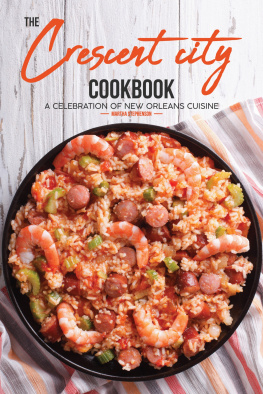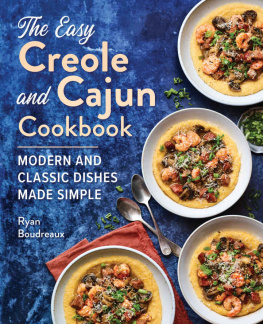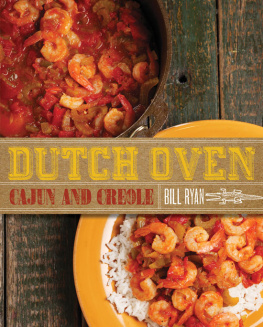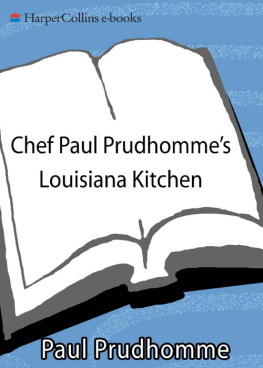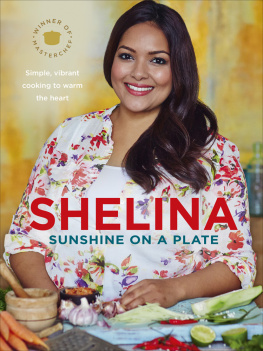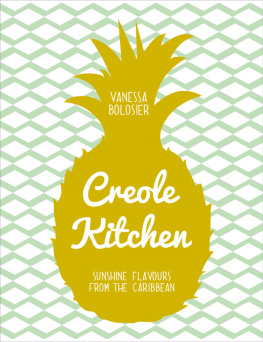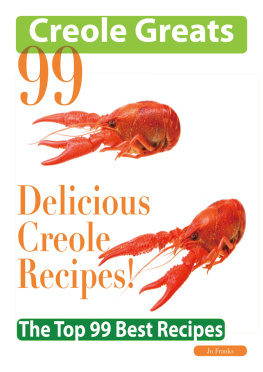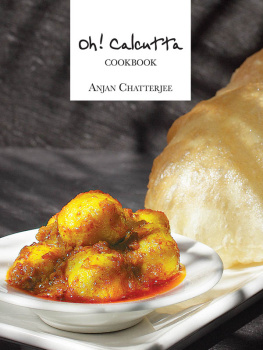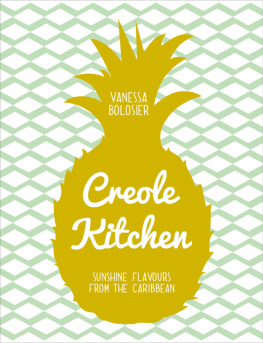All rights reserved. No part of this publication may be reproduced, stored in a retrieval system, or transmitted in any way or by any means, electronic, mechanical, photocopying, recording or otherwise, without the prior written permission of the copyright holder. Bibliografische Information der Deutschen Nationalbibliothek: Die Deutsche Nationalbibliothek verzeichnet diese Publikation in der Deutschen Nationalbibliografie; detaillierte bibliografische Daten sind im Internet ber http://dnb.d-nb.de abrufbar. 2014 Herstellung und Verlag: BoD - Books on Demand GmbH, Norderstedt ISbN: 9783738681291
Contents
I want to express my heartfelt thanks to all these people, who gave me help and support during many evenings of work for this book. Thanks to Harm, Runa, Harry, Lyn and Matthias. Special thanks to Jan and Tina.
Thanks to Frederik for the cover picture. I wish to extend these thanks to Christoph and also to all my guests who have been most encouraging to me. Yours Francie Althaus
Introduction
It was a gift to be born with international genes. In one word, so I am blessed. My ancestors came from different part of this world, which are India, Pakistan, Madagascar, France and England. I was born and brought up on the island Mauritius, pearl and key of the Indian Ocean.
I married a German and came to Germany. I was lucky to travel and work in Ethiopia and the Solomon Islands together with my husband and through our visits between South Africa, Australia, New Zealand, Zambia and other countries, I got the opportunity to make acquaintance with new culinary which I gratefully learned and prepared myself. I was 9 years old when I started cooking and my first experience together with my younger sister, who is today living in South-Africa and who is also a superb cook, left scars. The stove was too high, both of us balancing on a small and narrow stool, discussing what comes first in the hot pan with oil. The rest you can imagine... Neither injuries nor disappointment stopped me through new trials.
Today, I`m a passionate cook. Hindus, Moslems, Chinese, Creoles, Africans, Franco-Mauritians and Anglo-Mauritians live on Mauritius. These multicultural aspects of my country woke up my immutable interest to learn and try the different cuisines and later I acquired more knowledge and understanding. Whenever it was not clear to me how to prepare something, I could ask my grandma, my mother or my neighbours; very often it was just observing them. To go through my trial and error period, I made a deal with my mom. She had to sew some new garments for me and I in turn did her cooking.
These were the opportunities to create and prepare real menus for the family. At the age of 22, I came to Germany and very often I was longing for food I had eaten at home. Many dishes were easy to prepare and sometimes improvisation from materials/ingredients available brought me close to a very good result. In the meantime my kitchen turned into a laboratory, it did not matter where I was, I tried and created new recipes but I did not think to write them down. 20 years ago I got the idea to write everything down that I cooked and part of it is in this book. It`s a great pleasure for me to share it with you.
Cooking is for me creativity, fantasy and an art; and a recipe book gives new ideas and possibilities to try something new. Though exotic spices found their way to Germany, it was not always easy to find the right ingredients everywhere. I still can remember the most expensive mangoes of my life 30 years ago, 7DM (German Marks) for one mango which came from Mauritius by airmail. Ingredients featured are widely available in general stores, Supermarkets and Asia-shops; for some of the others you might need to find a specialist supplier, or make it suitable with what is available. It`s a pleasure for me to help you with these different recipes to create delicious exotic meals either for yourself, or for your guests. Enjoy yourself! Francie Althaus
Preface
Mauritius! Oh yes! The Blue Mauritius, the stamp, was the reaction of most people I met in Germany 30 years ago.
Today for many people Mauritius is not only the famous stamp, but it is also known to be a fabulous Island for vacation. Where is Mauritius? I was asked very often. Mauritius lies north of the tropic of Capricorn in the Indian Ocean, between Africa, India and Australia and south of the Equator. Mauritius is about 1865 square kilometres in size and has no indigenous inhabitants. Without a doubt the Dronte, also called Dodos, had been the real indigenous dwellers of the island. Unfortunately they finished devoured on the menu of famished sailors and imported predators.
After 1681 there were no Dodos found anymore on Mauritius. Arab, Portuguese and Dutch traders called in Mauritius, but they didn`t stay there for long. The Island was called Mauritius after the Prince Moritz of Nassau. The Dutch brought sugarcane and the Batavia deer; in return they took the tropical timber. Later the French came and changed the name to Ile de France. With the help of African slaves sugarcane was grown in extended scale and the French colonization lasted till 1811.
Great Britain conquered the island and under its colonial flag the island was called Mauritius again. The British set the African slaves free and brought the Kulis from India as labourer for the sugarcane fields. Mauritius became independent in 1968 and in March 1992 It became a Republic. The population of Mauritius is a mixture of Hindus, Creoles, French, Chinese, and many more cultures. The manifold of its ethnical population, who friendly and respectfully coexist, makes Mauritius unique. The official language is English, business and office language is French.
Even if court language is English, matters will be dealt with in French or Creole and everybody speaks Creole. Television and radio programs are diffuse in a dozen languages. The four big religions: Hinduism, Islam, Christianity and Buddhism side by side have conveyed to a bigger tolerance on such a small island. Christmas of the Christians, Cavadee of the Hindus, Ramadan of the Muslims and the Chinese New Year are being celebrated each year. Mauritian people inherited their delicious culinary from three continents. The various cultures have enriched their kitchen and eating habits.
The Mauritian cuisine can enliven the most tiresome palate. Cooking and eating belong to an emblematic enjoyment on this small island.
The particularity of the Creole cuisine for me personally is, when Orient and Occident are melting in my cooking pot and the result has its own character.
Basics and Sauces
We start with the most important sauce of this cuisine:
C reole sauce
Rougaille
The Creole sauce also called Rougailleis one of the most important ingredient of our kitchen, it is also the base of other sauces and recipes. 750g can tomatoes, in its juice and crushed 4 tbsp tomato paste 2 big onions, chopped 6 cloves garlic, crushed 10g fresh ginger, crushed 1 tsp dried thyme 2 tbsp fresh parsley, chopped 1 tbsp fresh coriander, chopped 3 fresh green chillies, chopped 1 tbsp chopped fresh chives Oil, salt and pepper Heat oil in pan; add onions, garlic, ginger, thyme and parsley, cook, stirring, until onions are soft. Add crushed tomatoes, tomato paste, bring to boil, simmer on low heat.
Next page


